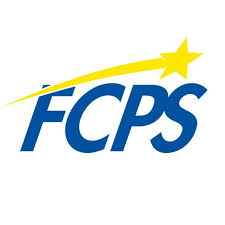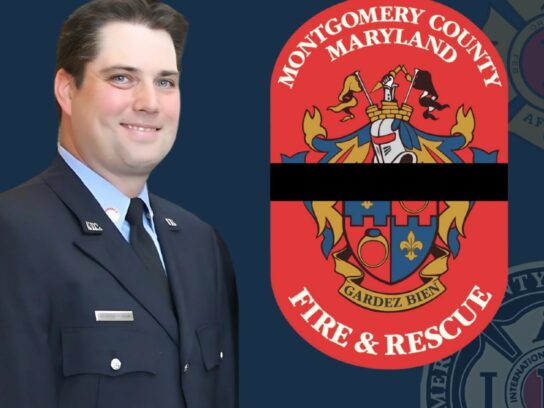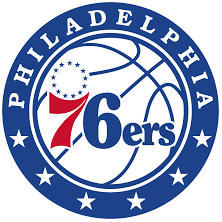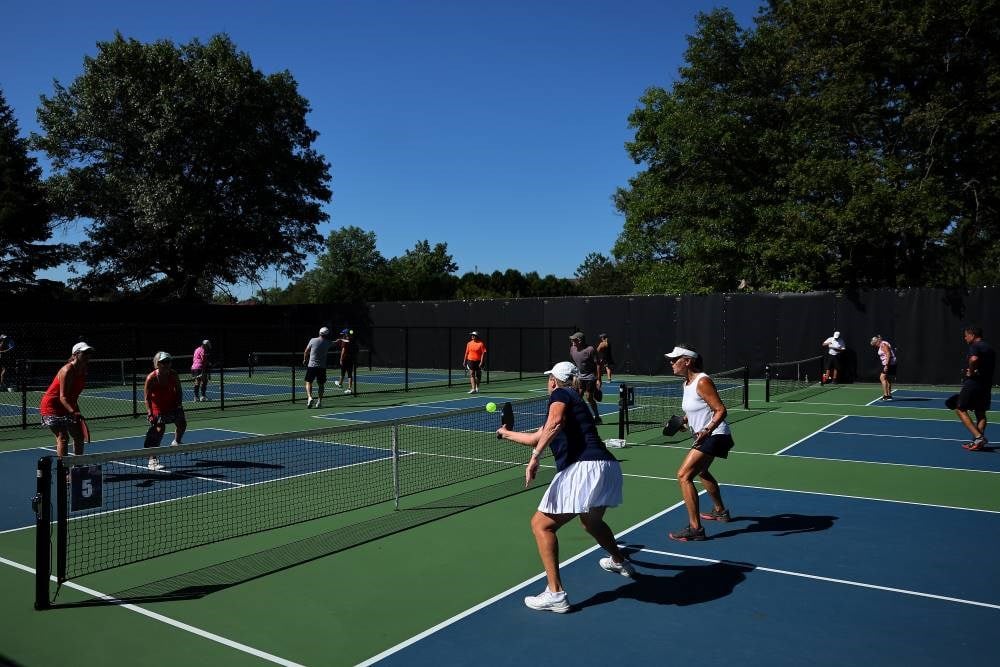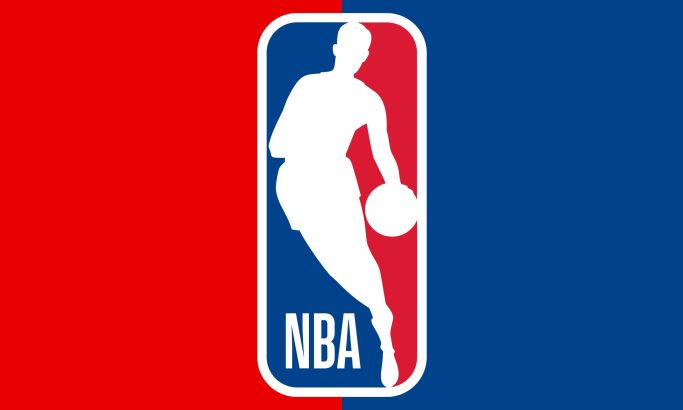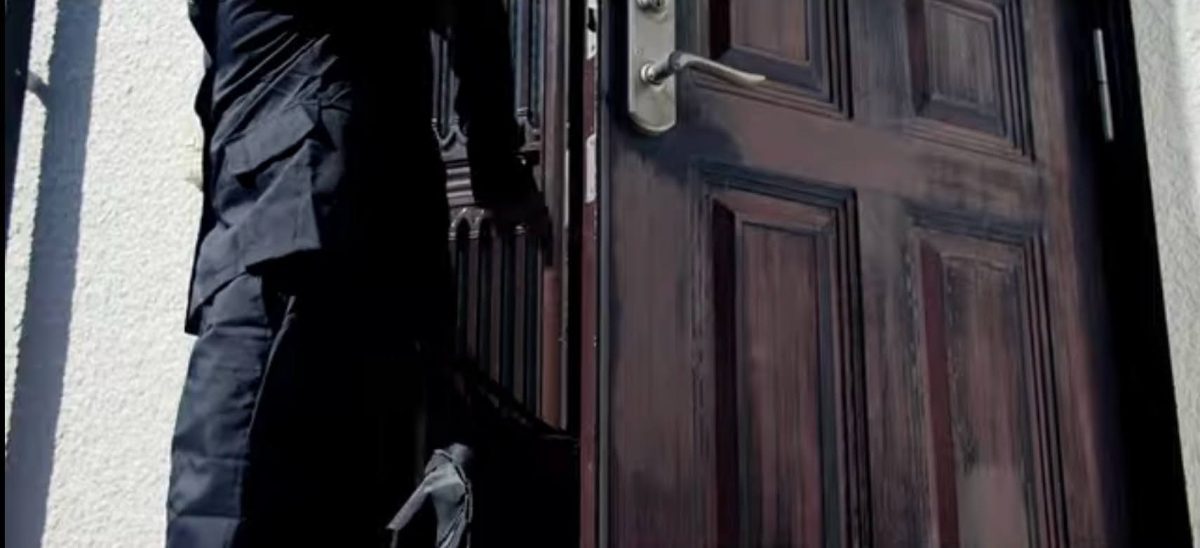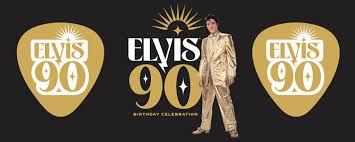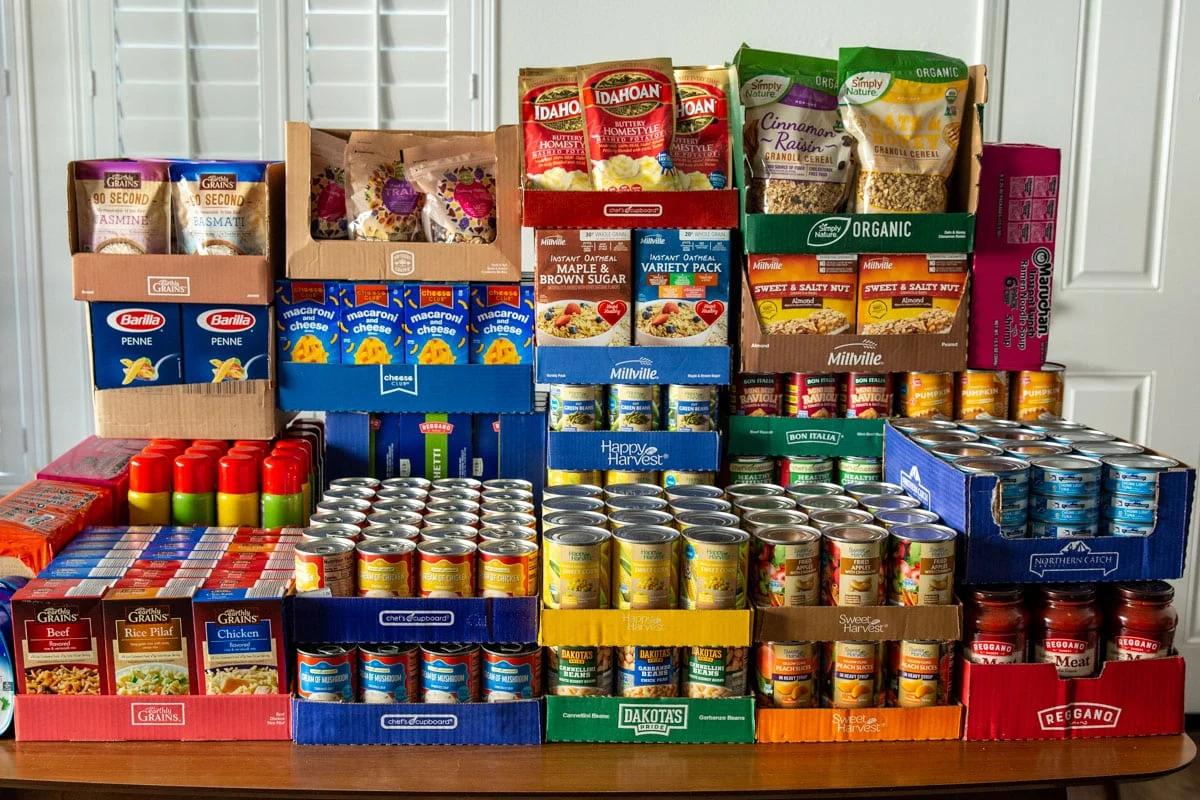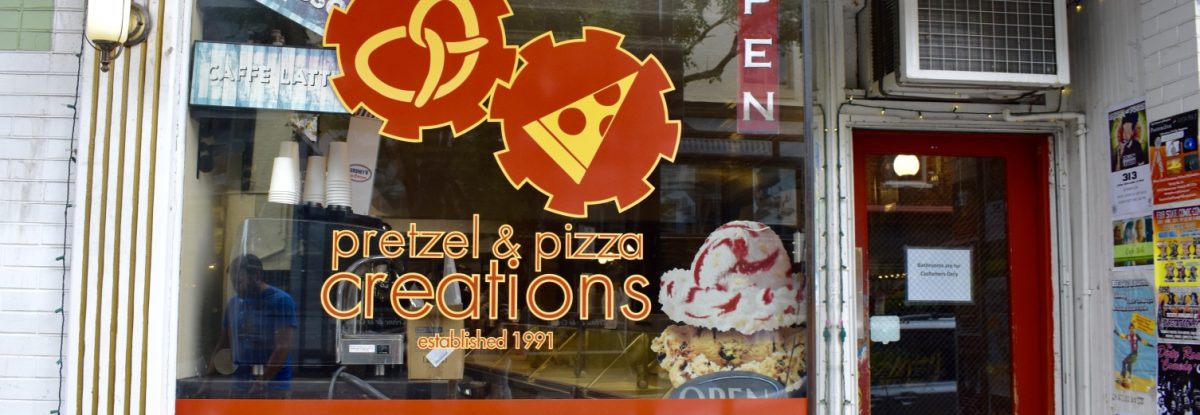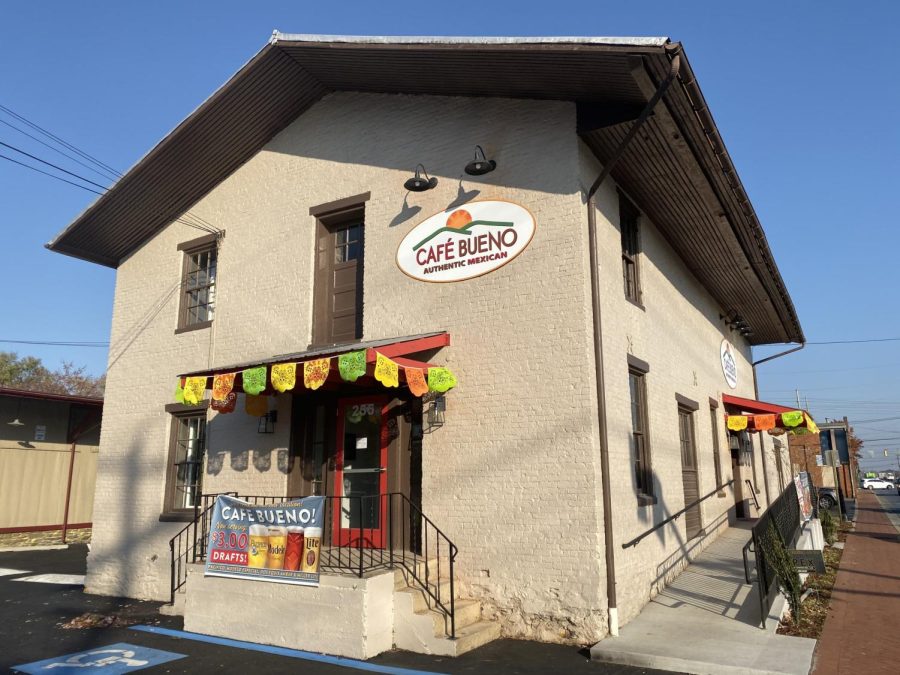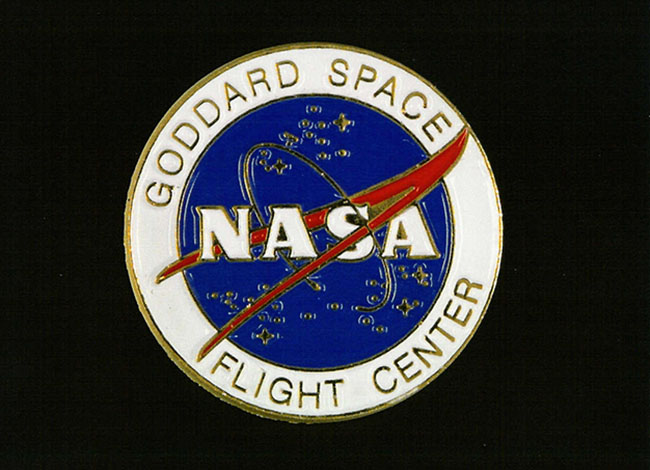Mrs. Geerlings Class Goes to NASA
March 9, 2018
This past Wednesday Mrs. Geerlings’ Earth Systems Science Research was privileged enough to finally get the chance to visit the NASA Goddard Space Flight Center in Greenbelt near Washington D.C. The trip was delayed from its initial date of January 22nd due to the government shutdown that our country was experiencing that week. After the shutdown was finished up and the teachers worked with the NASA coordinators to reschedule the trip the former ESSR students of Mrs. Geerlings class finally got to go on their trip to NASA with the ESSR students from Middletown High in order to present their projects.
The ESSR students form Mrs. Geerlings class spent almost the entirety of their second term working on self-selected projects that analyzed the connection between at least two different spheres of earth science. The project topics ranged from studies on crabs to bees to the ozone layer and what various aspects of earth science affect them. Since there where only so many spots allotted at Goddard for people to present the students form Mrs. Geerlings ESSR class had to compete to see which five projects would come with them to NASA. After the projects where completed they were taken to the local earth space and science lab to be judged. Hannah Mueller, Kacie Velasquez, Liam Silvera, Sai Pingali, and Kyle Shreve where selected to go. They spent the next days working with the rest of their classmates to rehearse their presentations for when they talked to the researchers at NASA only to find out later that the trip would be delayed.
It took about an hour to reach Goddard where the students first got to see a presentation of the earth on a spherical displayed. The display showed how the satellites around earth scanned the globe in various patterns and what particles appear in our atmosphere and in our oceans. For the next part of the trip everyone got back on the bus and went over to the main research center. There the students got to see a hyper-wall display of sea currents, dust patters, and weather conditions as well as some other cool scans of the planet. After that students got to see where the data from satellites is processed and where they are flown from and then took a lunch break. Some students ate in the main atrium while the presenters went off to eat in the presenting area. For the next hour they presented to the various scientist and researchers who had time to come down and meet with them. During this time the rest of the groups got to observe the NASA public interactions section of the building and learned how to observe clouds and other elements of the earth to provide as data for NASA Researchers. Once the groups where done their respective activities everyone piled on the bus for the trip home. It turned out to be an awesome trip for everyone. For those who are curious you can download the Earth Observer App and help to provide data about the earth and its atmosphere to NASA Researchers.
